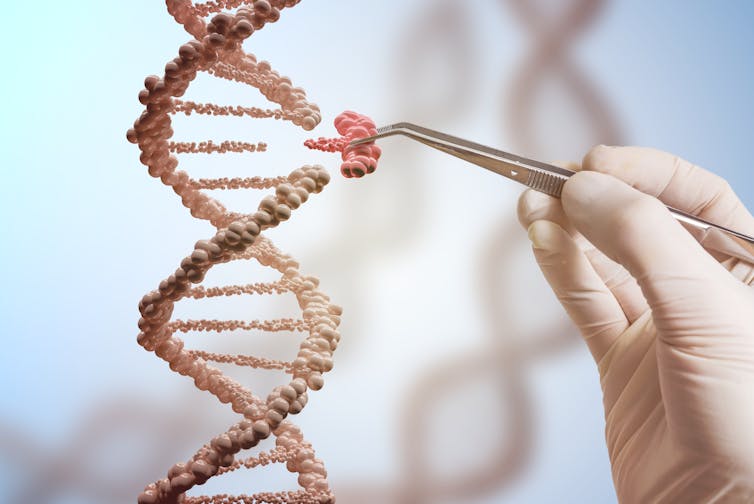Human Genetic Enhancement Might Soon Be Possible – But Where Do We Draw the Line?
Written by Tess Johnson, University of Oxford

How far will we allow genetic enhancement to go?
vchal/ Shutterstock
The first genetically edited children were born in China in late 2018. Twins Lulu and Nana had a particular gene – known as CCR5 – modified during embryonic development. The aim was to make them (and their descendants) resistant to HIV. By some definitions, this would be an example of human enhancement.
Although there is still a long way to go before the technology is safe, this example has shown it’s possible to edit genes that will continue being inherited by genetic offspring for generations. However, we don’t yet know what effect these genetic changes will have on the overall health of the twins throughout life. Potential unintended changes to other genes is a grave concern which is limiting our use of gene editing technology at the moment – but this limit won’t always be present.Read More »Human Genetic Enhancement Might Soon Be Possible – But Where Do We Draw the Line?
